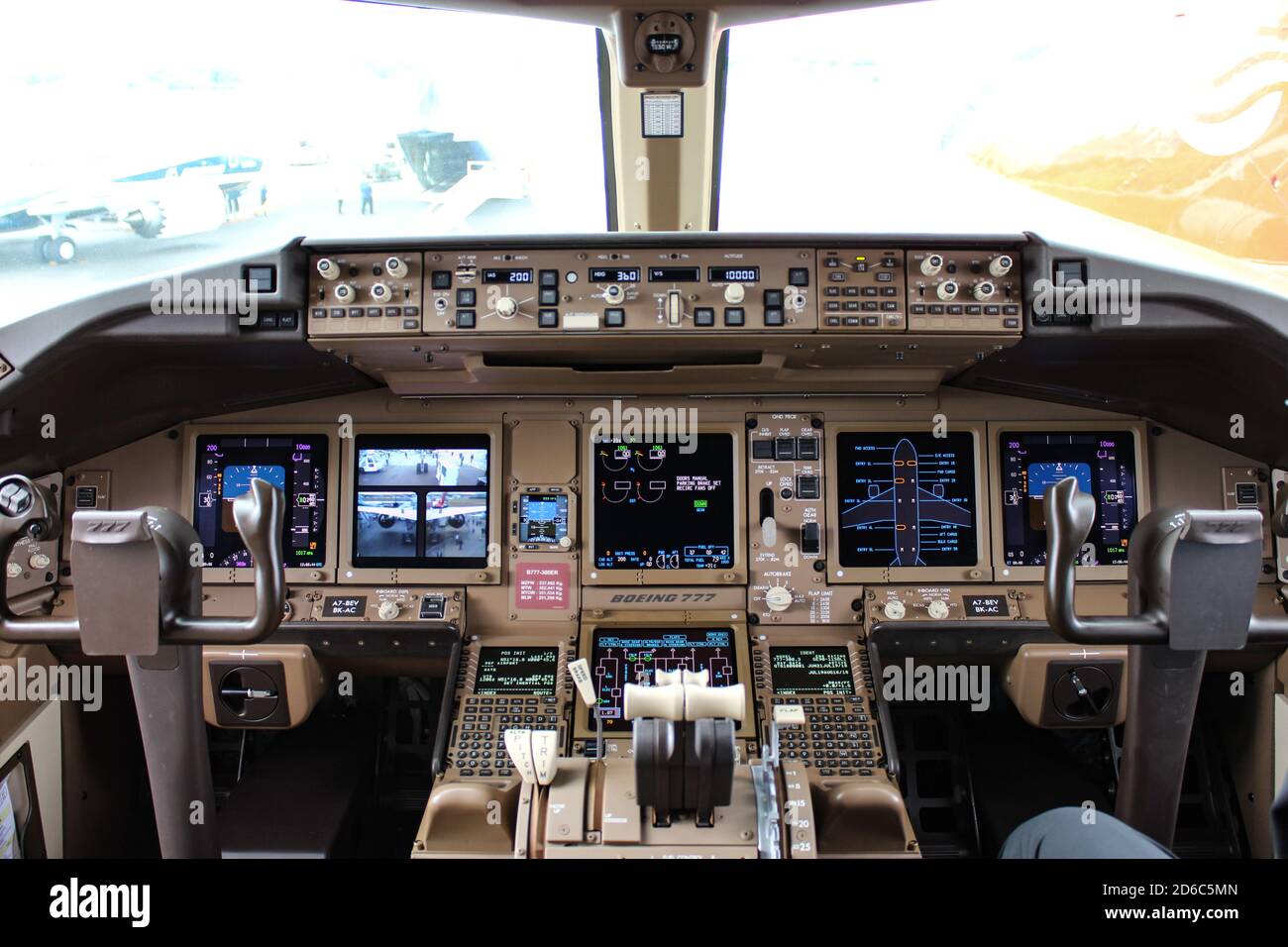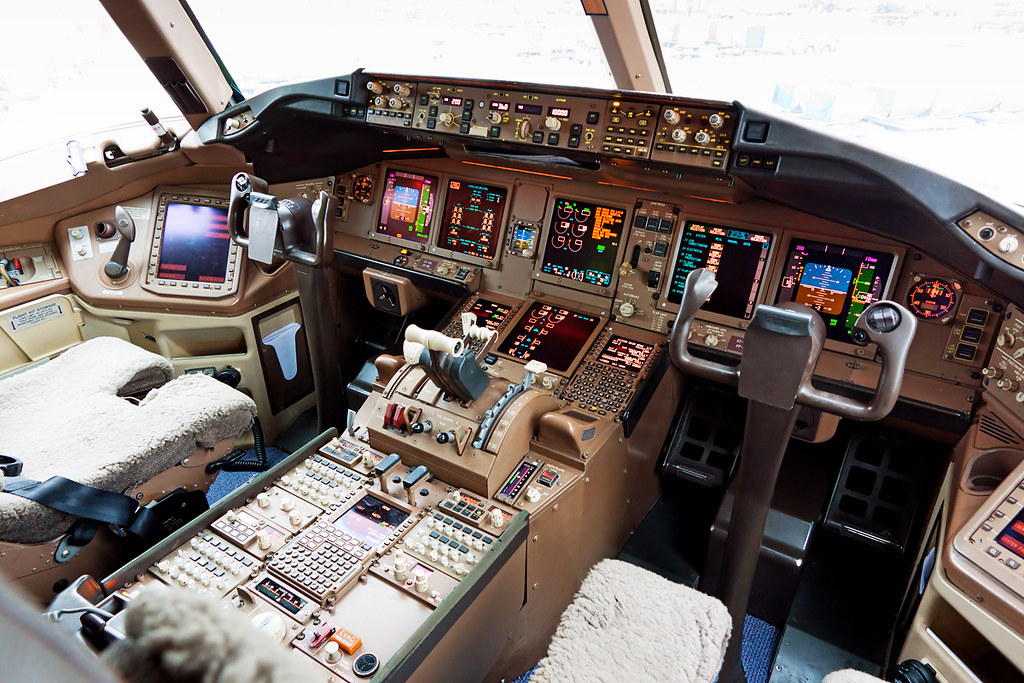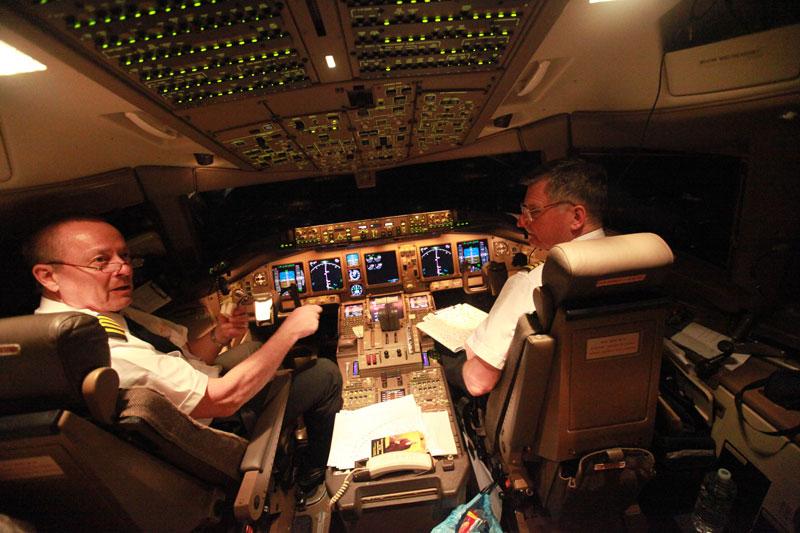

The initial proposal featured a longer fuselage and larger wings than the existing 767, along with winglets. In 1986, Boeing unveiled proposals for an enlarged 767, tentatively named 767-X, to target the replacement market for first-generation wide-bodies such as the DC-10, and to complement existing 767 and 747 models in the company lineup. McDonnell Douglas was working on the MD-11, a stretched successor of the DC-10, while Airbus was developing its A330 and A340 series.

īy the late 1980s, DC-10 and L-1011 models were approaching retirement age, prompting manufacturers to develop replacement designs. Boeing was left with a size and range gap in its product line between the 767-300ER and the 747-400. The trijet 777 was later dropped, following marketing studies that favored the 757 and 767 variants. Under ETOPS rules, airlines began operating the 767 on long-distance overseas routes that did not require the capacity of larger airliners. These regulations allowed twin-engine airliners to make ocean crossings at up to three hours' distance from emergency diversionary airports. The mid-size 757 and 767 launched to market success, due in part to 1980s' extended-range twin-engine operational performance standards ( ETOPS) regulations governing transoceanic twinjet operations. In 1978, Boeing unveiled three new models: the twin-engine or twinjet Boeing 757 to replace its 727, the twinjet 767 to challenge the Airbus A300, and a trijet 777 concept to compete with the DC-10 and L-1011. In the early 1970s, the Boeing 747, McDonnell Douglas DC-10, and the Lockheed L-1011 TriStar became the first generation of wide-body passenger airliners to enter service. As of August 2023, the Triple Seven has been involved in 35 aviation accidents and incidents, including 8 hull losses (three ground casualties) with 541 fatalities (one ground casualty).ĭevelopment Background The Boeing 777-100 trijet concept was proposed in 1978 to compete with other trijets of the time. The 777 initially competed with the Airbus A340 as well as McDonnell Douglas MD-11, since 2015 it has mainly competed with the Airbus A350 and later also with the A330-900. The most common and successful variant is the 777-300ER with 837 aircraft ordered and 832 delivered. More 777s have been ordered and delivered than any other wide-body airliner as of August 2023, more than 60 customers had placed orders for 2,150 aircraft of all variants, with 1,716 delivered. In November 2013, Boeing announced the 777X development with the -8 and -9 variants, both featuring composite wings with folding wingtips and General Electric GE9X engines.Īs of 2018, Emirates was the largest operator with a fleet of 163 aircraft. These longer-haul variants use 110,000–115,300 lbf (489–513 kN) GE90 engines and have extended raked wingtips. These 777 Classics were powered by 77,200–98,000 lbf (343–436 kN) General Electric GE90, Pratt & Whitney PW4000, or Rolls-Royce Trent 800 engines. The original 777 with a maximum takeoff weight (MTOW) of 545,000–660,000 lb (247–299 t) was produced in two fuselage lengths: the initial 777-200 was followed by the extended-range -200ER in 1997 and the 33.25 ft (10.13 m) longer 777-300 in 1998. The 777 became the first Boeing airliner to use fly-by-wire controls and to apply a composite structure in the tailplanes. The jetliner is recognizable for its large-diameter turbofan engines, six wheels on each main landing gear, fully circular fuselage cross-section, and a blade-shaped tail cone. The Triple Seven can accommodate a ten–abreast seating layout and has a typical 3-class capacity of 301 to 368 passengers, with a range of 5,240 to 8,555 nautical miles (9,700 to 15,840 km 6,030 to 9,840 mi).

Longer-range variants were launched in 2000, and first delivered in 2004. The 777 entered service with the launch operator United Airlines in June 1995. The prototype was rolled out in April 1994, and first flew in June. Developed in consultation with eight major airlines, the 777 program was launched in October 1990, with an order from United Airlines. The jetliner was designed to bridge the gap between Boeing's other wide body airplanes, the twin-engined 767 and quad-engined 747, and to replace aging DC-10s and L-1011 trijets.

The 777 is the world's largest twinjet and the most built wide-body airliner. The Boeing 777, commonly referred to as the Triple Seven, is an American long-range wide-body airliner developed and manufactured by Boeing Commercial Airplanes. 1,716 as of August 2023 based on deliveries


 0 kommentar(er)
0 kommentar(er)
